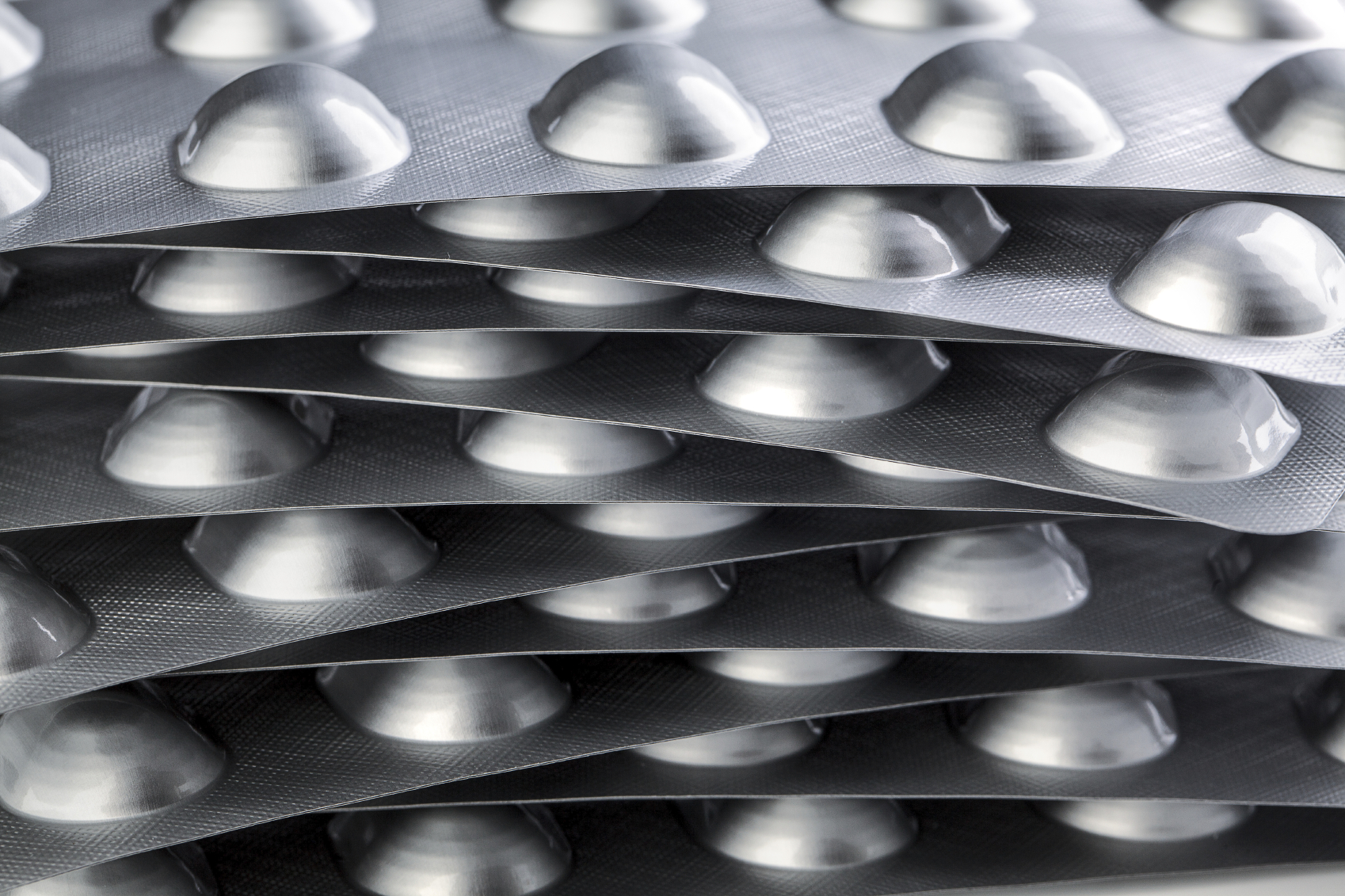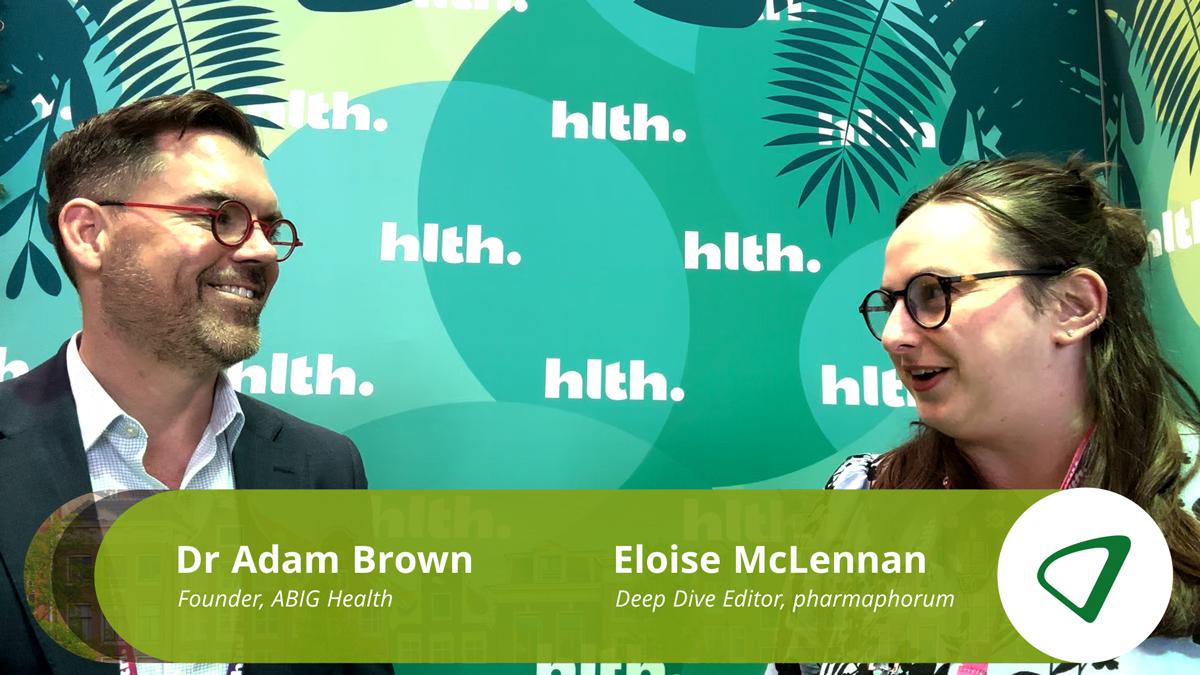Scripps study claims rebate system does inflate drug prices

The pharma industry has been claiming for years that the rebate system is a key factor in driving price increases in the US. Now, a study by Scripps Research provides evidence to support that view.
The non-profit scientific institute analysed tens of millions of insurance claims for the top 49 pharmaceutical brands in the US and found “continual, marked, annual increases” that drive up prices by a median of 76% between January 2012 and December 2017.
The study – published in JAMA Network Open – found that 78% of 36 drugs available over the entire study period saw an increase in insurer and out-of-pocket costs of more than 50%, while 44% more than doubled in price.
The main reason? The researchers from the Scripps Research Translational Institute – led by cardiologist and digital medicine authority Eric Topol – say it is in no small part the “current rebate system, which incentivises high list prices for drugs and relies heavily on privately-negotiated rebates to pharmacies.”
The current system is “byzantine and secretive”, they note, and prevents consumers from making informed decisions about purchasing medications.
In January, President Trump proposed a rule that would end the rebate system, a move which was lauded by CEOs from Novartis and Eli Lilly as well as other executives, who claim that pharmacy benefit managers (PBMs) and other “middlemen” in the US supply chain are pocketing discounts instead of passing them on to patients.
It’s not black and white, however. While some drug companies have defended price increases by reasoning that rebates have increased at a similar rate, the researchers found that is not the case. In fact, both increases in list prices and a greater reliance on rebates are making drugs more expensive overall, they suggest.
Scripps is also concerned about the close coordination of price increases among products that can be prescribed interchangeably, citing insulins and TNF inhibitors like AbbVie’s Humira (adalimumab) and Amgen’s Enbrel (etanercept), regardless of competition in the marketplace.
These were “highly synchronised in relative cost changes while demonstrating some of the largest cost increases in the industry over the past six years,” it says. The price of Humira, for instance, rose from $1,940 in January 2012, to $4,338 by December 2017.
Some US lawmakers have suggested that the close correlation between insulins from different manufacturers could suggest collusion, and led to demands that producers produce documentation to explain why the price of these drugs has skyrocketed in recent years.
“It’s bad enough to see the relentless increase in drug prices, but this work underscores it is occurring without transparency or accountability,” says Topol, the Institute. “It is especially concerning to see drugs in the same class having increases that appear to be coordinated.”
The Scripps team obtained the prescription data from a proprietary Blue Cross and Blue Shield data set that includes commercial insurance claims from more than 35 million Americans.













